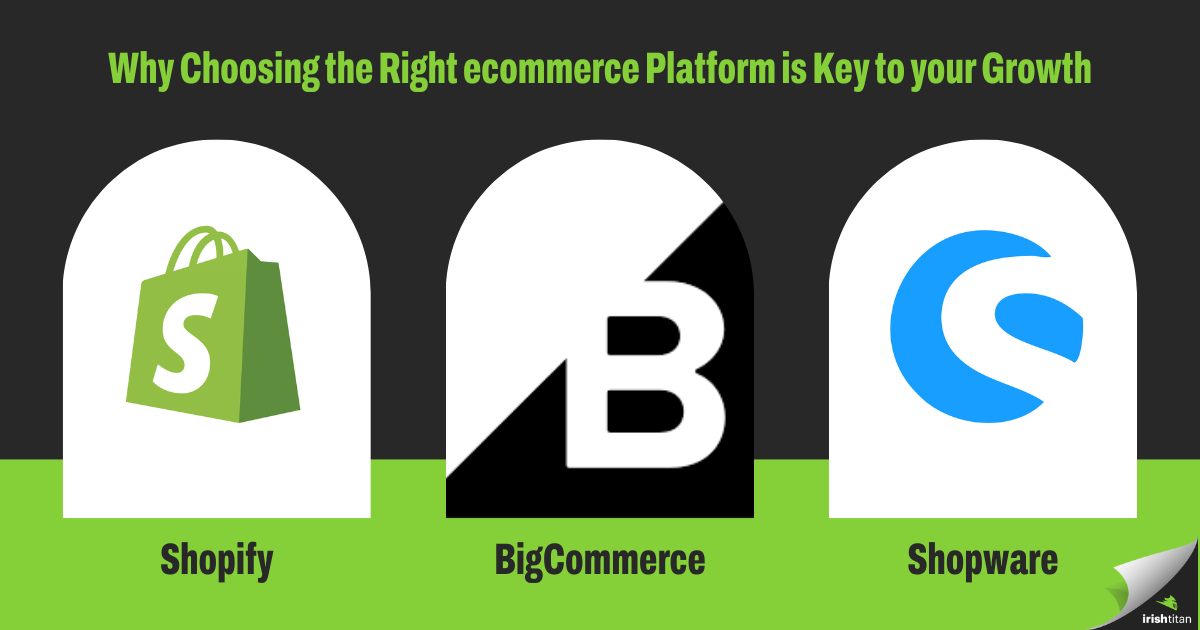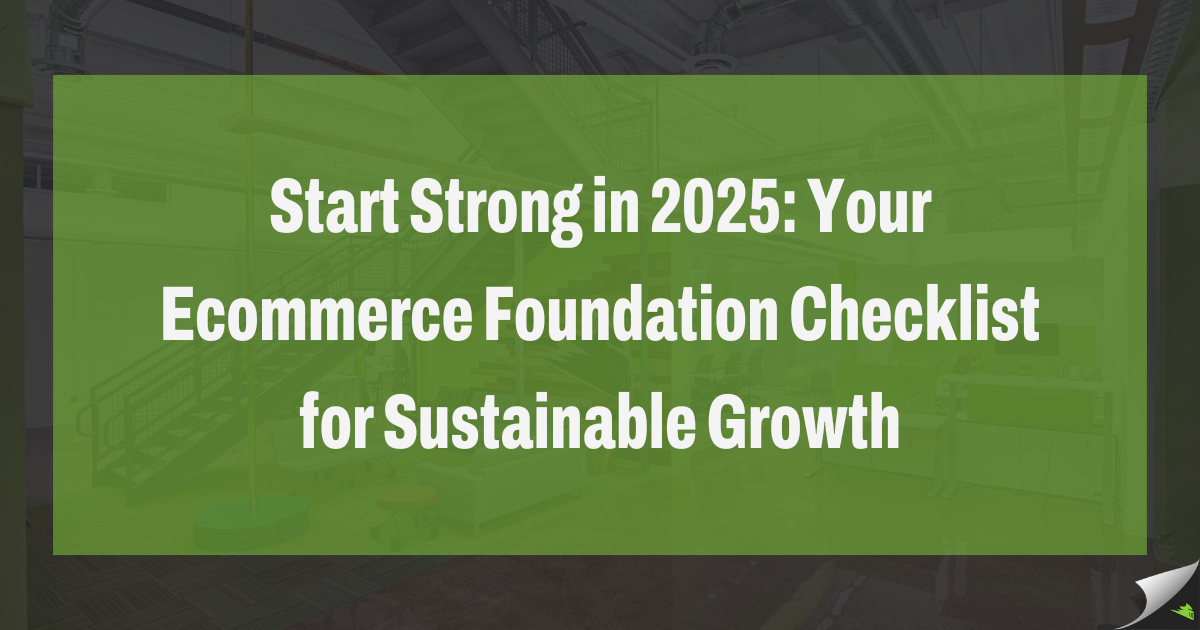The 7 Most Common Mistakes People Make Going Into a Digital Project
For a lot of companies, the idea of having to do something with the website is the bane of their existence. Yes, it might be wildly out of date, but the idea of having to endure a website rebuild that lasts twice as long as it wasn’t supposed to and doesn’t give half of what was promised is about as attractive as going into business with their biggest competitor.
Which, to us, is completely ludicrous, because if you have the right partner, redoing your website can be a painless experience. This is, assuming, that you (as the client) don’t make one of the following mistakes:
Not Knowing Your Brand
Brand as a term is really broad and can be misunderstood, kind of like “strategy” can be overused and misunderstood. When we say someone needs to know their brand, what we’re saying is you need to know what market you’re in, what your culture is like, what kind of voice you want online, who you want to target, etc.. You can’t have a good digital presence if you don’t know your brand, because your design won’t speak to what your brand is (might be too flashy or too pedestrian), your social marketing, if you’re thinking about online marketing and content, will have the wrong tone. You have to know your brand first. If you don’t, you’re going to run into a lot of problems. Don’t underestimate the importance of knowing your brand and who you are when you start to do a project around improving or enhancing your digital presence.
Too Fast, Too little
Everyone wants their website tomorrow. Or, they want their website for $1 (to overemphasize the point). One of the biggest challenges as a digital agency is how to estimate projects, and one of the biggest challenges for a client is understanding how to receive those estimates. Not to put too fine a point on it, you can’t swing a dead cat without hitting someone that builds websites. You don’t need a college education or professional certification, and there are essentially no regulations in the web space. So, you have people that will take a website that should rightfully be around $50,000 and they’ll quote it at $5,000. And you have other people who will quote it at $125,000. There can be this huge range of estimates that a client can receive, which leads to distrust, which leads to people thinking... “Well, I had someone else who told me that I could get this project for $5000, so these people are just trying to take money from me”. It’s a common mistake for people to go with the lowest cost provider without understanding exactly what’s part of it, which also constitutes how long the project will take. If you don’t have reasonable expectations, projects go off the rails and stay off the rails.
Building the Property for You, Instead of the Audience. (Basically, your audience doesn’t care what you call it.)
Let’s say that you have a product or service that you refer to with highly technical terminology or very specific industry jargon. Unless your customer has been told that that’s what the term is, they aren’t going to understand what you mean and get frustrated because you made them feel stupid. You have to build your property in your customer’s voices, using terminology that they will understand. Your customer doesn’t care what you call it, they’re going to continue to call it what they call it.
Creating Content for Keywords Instead of Audiences.
To start with, “keywords” as a term is commonly misused because the definition of keywords and how they’re used by Google has evolved over the years. When you create your website, you need to build a good website that’s well-written, instead of worrying about the keywords for the search engines. Google has evolved to the point where it’s almost like an English professor, and it’s grading your site on how well your “paper” is written, and what other people think of your “paper” instead of being a mindless robot that grades your site highly because you use keyword stuffing.
Ignoring the journey after entering your property.
When people get to your site, what do you want them to do? Very frequently, companies want to get people to their site and focus on attracting traffic, but don’t give enough thought as to what the user should do after they get there. Do you want them to download a white paper? Do you want them to sign up for an event? Do you want them to buy a product? Those journeys are equally as important as getting people to your site, and so you can’t lose sight of that. Once you get them there, you want them to do something, otherwise, you’re wasting all the effort that it took to get them there. Don’t ignore that!
Decision by Committee.
This is especially prominent in design because in a web project, everyone is a web designer and everyone is a copywriter. And it can become a pitfall. Let’s say you start as a good design that maybe is in need of a few revisions. There’s nothing wrong with revisions because you usually need to see and feel the design before you can really have an opinion of it. But where it frequently becomes a real slog is when everyone else gets involved on the client side, because everyone is a designer. And then it’s “Oh, let’s make this color red.” “Now, let’s change it back to blue, but a slightly darker blue”. And then you’ve taken a great design and basically destroyed it. For the sake of designers everywhere – don’t do it.
Blurry requirements.
When you build a website, there are certain things that you need to build into the website if you want people buying the product, or signing up for events, or if you want people providing information before they can download content. Those sorts of elements are called “requirements” and if you don’t define requirements well before starting the project, it’s not going to turn out very well. Kind of like building a house without a blueprint. If you don’t have a general idea of what you want, it can blow budget and timeline.
The next time you have to redo your site, make sure that you avoid these common mistakes and it’ll be smooth sailing!
More from Ecommerce...
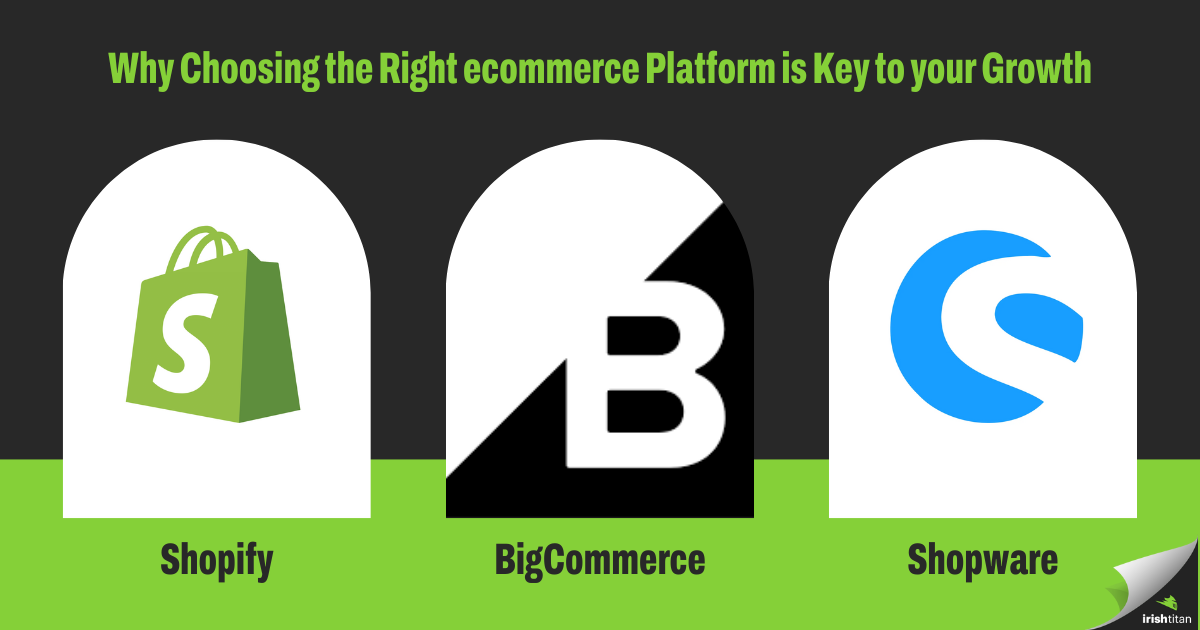
Your ecommerce platform is the nucleus of your business and choosing the right platform for your website is the essential nutrient for longevity and growth of your business.
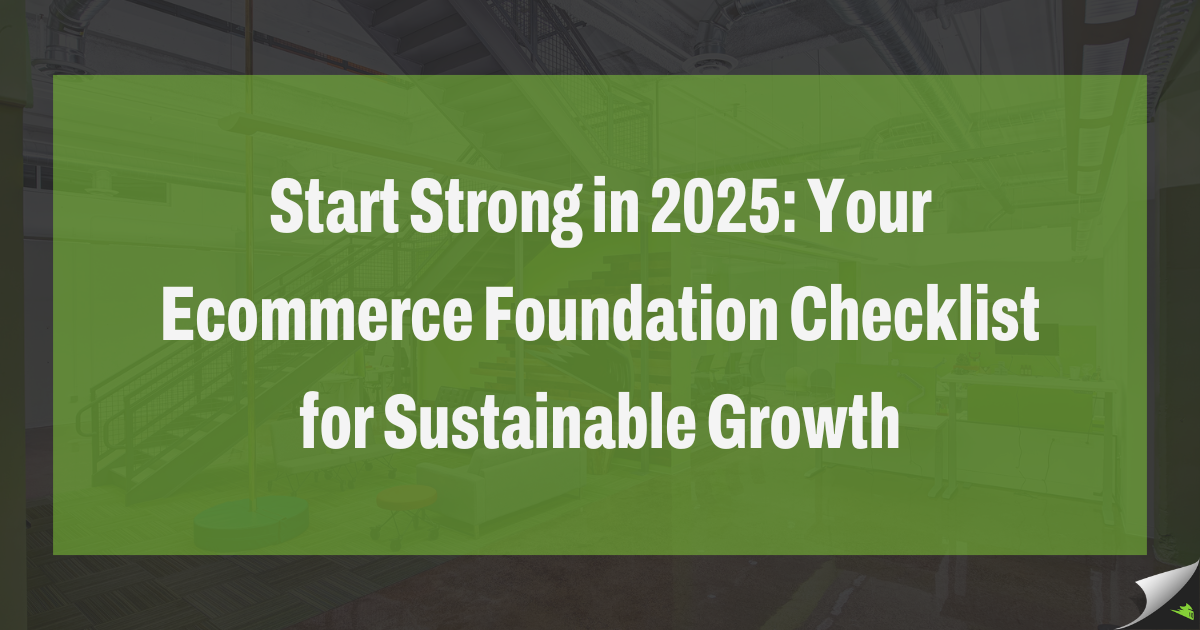
We’re kicking off the new year with a fresh approach to help you learn more from us—and about how we can help your business grow.
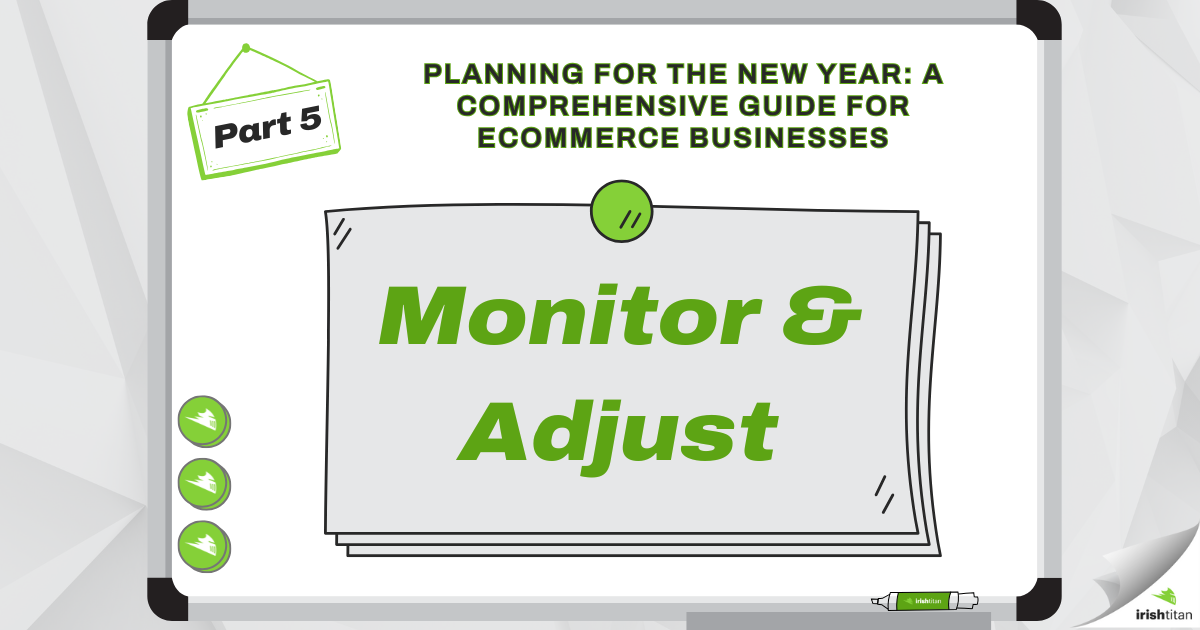
In the final part of our 2025 planning guide, we’re diving into a crucial practice for any successful ecommerce business: staying dynamic in an ever-changing market.


